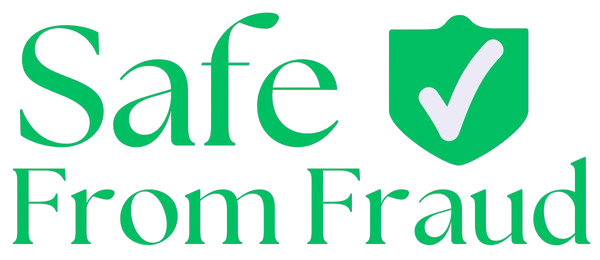MLM scams and pyramid schemes have plagued the world of network marketing for decades. Despite their similarities, there are distinct differences between legitimate network marketing and fraudulent schemes. This article will delve into the definitions, characteristics, and red flags of MLM scams, network marketing, and pyramid schemes, providing readers with the knowledge to identify and protect themselves from investment fraud.
What is Network Marketing?
Network marketing, also known as multi-level marketing (MLM), is a business model that relies on a network of distributors to grow a business. It operates on the principle of personal sales and recruitment.
1. Definition and History
Network marketing can be traced back to the early 20th century. The model gained popularity with companies like Amway, which allowed individuals to sell products directly to consumers and recruit others to do the same. This structure promises income through direct sales and commissions from recruits’ sales, creating multiple levels of earnings.
Understanding Multi-Level Marketing (MLM)
MLM is a legitimate business model when executed correctly. It involves selling products directly to consumers and earning commissions from sales made by recruits in the distributor’s downline.
Key Characteristics of MLM
- Product Focus: Legitimate MLMs emphasize the sale of genuine products or services.
- Earnings through Sales: Distributors earn commissions based on their sales and their recruits’ sales.
- Recruitment Incentives: While recruitment is encouraged, it is not the primary source of income. The focus remains on product sales.
What is a Pyramid Scheme?
Pyramid schemes are fraudulent business models that prioritize recruitment over product sales. They promise high returns for recruiting others into the scheme, rather than selling a legitimate product or service.
Difference Between MLM and Pyramid Schemes
- Product vs. Recruitment: MLMs emphasize product sales, while pyramid schemes focus on recruitment.
- Sustainability: MLMs can sustain growth through product sales, whereas pyramid schemes collapse when recruitment slows.
- Legality: MLMs operate within legal frameworks; pyramid schemes are illegal in many countries.
Red Flags and Warning Signs of MLM Scams
Identifying potential MLM scams can save individuals from financial losses and legal trouble. Here are some red flags:
- High Upfront Costs: Excessive fees for joining and purchasing inventory.
- Income Claims: Promises of high income with little effort.
- Pressure to Recruit: Heavy emphasis on recruiting new members rather than selling products.
- Complex Commission Structure: Confusing and opaque compensation plans.
- Lack of Transparency: Difficulty in obtaining detailed information about the company and its financials.
Read Also: How Does a Pump & Dump Scam Work
Legal Perspective on MLM and Pyramid Schemes
Regulatory bodies like the Federal Trade Commission (FTC) in the United States have clear guidelines distinguishing legitimate MLMs from pyramid schemes. Legitimate MLMs must:
- Sell Real Products: Ensure that a significant portion of income is derived from sales to real customers.
- Avoid Misleading Claims: Provide accurate information about potential earnings.
- Offer Refund Policies: Implement fair refund policies for unsold inventory.
Pyramid schemes, being inherently fraudulent, are illegal and punishable by law. Legal action can include fines, restitution, and imprisonment for those found guilty of operating or promoting such schemes.
Real-World Examples of Famous MLM Scams
Several high-profile MLM scams have come to light over the years, demonstrating the importance of vigilance. Some notorious cases include:
- Herbalife: Faced scrutiny and legal challenges over its business practices, ultimately settling with the FTC and restructuring its compensation plan.
- BurnLounge: Operated as a music-selling MLM but was shut down by the FTC for being a pyramid scheme.
- Vemma Nutrition Company: Targeted young adults and college students, but was accused of being a pyramid scheme and faced legal action from the FTC.
How to Protect Yourself from MLM Scams
Understanding the characteristics of legitimate MLMs and identifying red flags can help individuals avoid scams.
Tips for Identifying Legitimate Opportunities
- Research the Company: Look for credible reviews, check with regulatory bodies, and understand the company’s history.
- Understand the Compensation Plan: Ensure the plan emphasizes product sales over recruitment.
- Evaluate the Product: Assess the quality and marketability of the product.
- Avoid High Upfront Costs: Be cautious of significant initial investments.
- Seek Transparency: Ensure the company provides clear and accessible information.
Conclusion
MLM scams and pyramid schemes continue to exploit individuals seeking business opportunities. By understanding the differences between legitimate network marketing and fraudulent schemes, individuals can make informed decisions and protect themselves from investment fraud. Always conduct thorough research, remain skeptical of too-good-to-be-true promises, and prioritize transparency and product quality in any business venture.


